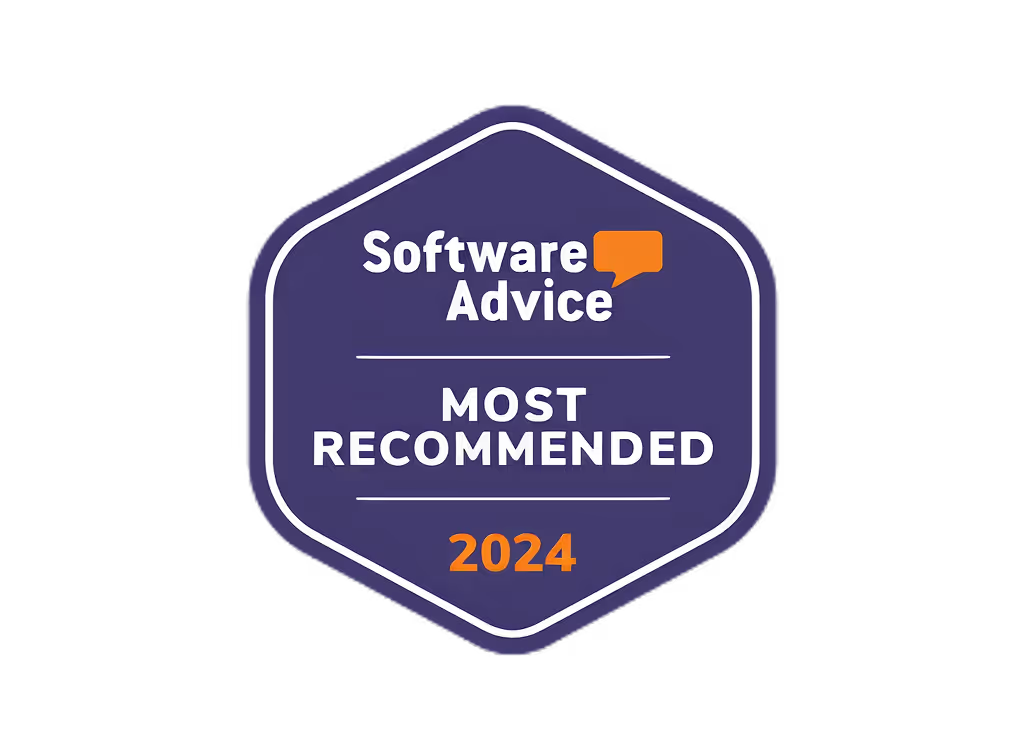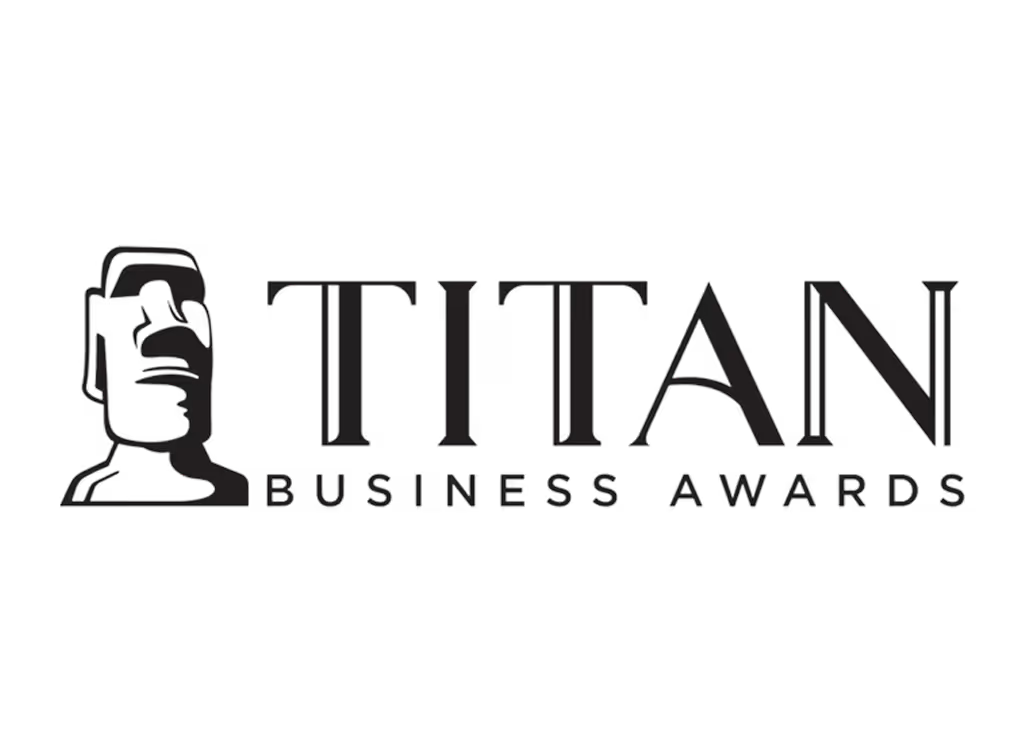Collaborative Video Content Planning: 10 Tips for 2024

Effective video content planning requires clear goals, open communication, and leveraging the right tools. This guide offers 10 essential tips to help teams collaborate seamlessly and create high-quality video content that resonates with their audience:
- Define Clear Goals and Objectives: Set SMART (Specific, Measurable, Achievable, Relevant, Time-bound) goals to ensure everyone understands what they're working towards.
- Establish a Collaborative Workflow: Use tools like collaborative scriptwriting software, organized media files, and regular team meetings to keep everyone aligned.
- Foster Open Communication: Encourage active listening, use collaboration tools, and schedule regular check-ins to prevent miscommunication.
- Leverage Cloud-Based Tools: Utilize tools with real-time editing, review and commenting features, and version control for seamless collaboration.
- Embrace Diverse Perspectives: Assemble a varied team, encourage open communication, and seek feedback to create relatable content.
- Establish Clear Roles and Responsibilities: Define roles such as producer, director, camera operator, audio technician, and editor to avoid overlap.
- Implement Version Control: Use a version control system compatible with your video editing software to prevent overwriting edits and track changes.
- Encourage Regular Check-ins and Feedback: Schedule meetings, encourage open feedback, use collaboration tools, and set clear goals for each check-in.
- Embrace Agile Methodologies: Test and learn, stay on top of trends, and create content in batches to be responsive and cost-effective.
- Celebrate Successes and Learn from Failures: Share wins to boost morale, and analyze failures to improve future campaigns.
By following these tips, teams can create an environment that promotes teamwork, creativity, and efficiency, leading to better video content that connects with their audience and drives results.
| Quick Comparison: Cloud-Based Video Collaboration Tools | | --- | --- | --- | | Feature | Adobe Premiere Pro | DaVinci Resolve | Frame.io | | Real-time Editing | ✓ | ✓ | ✓ | | Review and Commenting | ✓ | ✓ | ✓ | | Version Control | ✓ | ✓ | ✓ | | Large File Handling | ✓ | ✓ | ✓ | | Ease of Use | ✓ | ✓ | ✓ | | Scalability | ✓ | ✓ | ✓ |
Related video from YouTube
1. Define Clear Goals and Objectives
Setting clear goals and objectives is key for successful video content planning. These goals will guide every decision you make during the production process. Without clear goals, your content might not connect with your audience or achieve your desired results.
To set effective goals, use the SMART criteria: Specific, Measurable, Achievable, Relevant, and Time-bound. This means knowing what you want to achieve, how you'll measure success, and when you need to achieve it. For example, instead of saying "we want to increase brand awareness," a SMART goal would be "we want to increase our social media following by 20% within the next 6 months."
Clear goals help ensure everyone on the team understands what they're working towards. This focus reduces miscommunication, saves resources, and helps avoid project failure.
Here are some examples of clear goals for video content:
Goal TypeExampleBoosting brand awarenessIncrease social media following by 20% in 6 monthsDriving trafficIncrease website visits by 15% in 3 monthsGenerating leadsGain 50 new leads per monthEnhancing brand imageImprove customer satisfaction ratings by 10%Educating viewersCreate 5 tutorial videos in 2 months
2. Establish a Collaborative Workflow
Setting up a collaborative workflow is key for planning video content as a team. This system helps team members work together smoothly, share ideas, and track progress. A good workflow keeps everyone aligned, reducing miscommunication and mistakes.
Here are some tips to create an effective collaborative workflow:
- Use collaborative scriptwriting tools: Tools like Studio Pro and Final Draft let teams work on scripts together, providing real-time feedback and version control.
- Organize media files: Keep project files and assets in one place so team members can easily access and share resources.
- Label files with metadata: Clearly label files with details like time, date, length, and description to make searching and retrieving easier.
- Hold regular team meetings: Schedule weekly catch-ups to keep communication open, discuss progress, and address any issues.
3. Foster Open Communication
Good communication is key to successful video content planning. When team members share ideas, concerns, and feedback openly, it leads to better understanding and a higher-quality final product.
To improve communication, try these strategies:
Encourage Active Listening
Active listening means paying close attention to what others are saying. Team members should listen carefully, ask questions, and repeat back what they've heard to ensure everyone understands.
Use Collaboration Tools
Use tools like Slack, Trello, or Asana to help team members communicate and give feedback. These tools let you share files, assign tasks, and track progress in real-time, reducing misunderstandings.
Schedule Regular Check-ins
Regular check-ins, whether daily or weekly, give team members a chance to discuss progress, address concerns, and align on goals. This helps prevent miscommunication and ensures everyone is working towards the same objectives.
4. Leverage Cloud-Based Tools
Cloud-based tools are key for team video planning. They help team members work together easily, no matter where they are. When picking a cloud tool, look for these features:
Real-time Editing and Collaboration
Choose tools that let multiple users edit video files at the same time. This keeps everyone on the same page and reduces mistakes.
Review and Commenting Features
A good review and commenting feature lets team members leave feedback directly on the video file. This makes it easier to track changes and revisions.
Version Control
Version control allows team members to save multiple versions of a video file. This makes it easy to go back to an earlier version if needed, saving time and reducing the risk of losing work.
FeatureBenefitReal-time EditingKeeps everyone on the same pageReview and CommentingEasier to track changes and revisionsVersion ControlSaves time and reduces risk of losing work
5. Embrace Diverse Perspectives
Including different viewpoints is important in team video planning. A varied team brings unique ideas and experiences, helping your content connect with a wider audience. By considering different perspectives, you can:
- Avoid bias and stereotypes
- Create relatable stories
- Engage more viewers
To do this, try these strategies:
StrategyDescriptionAssemble a varied teamInclude people from different backgrounds and identities.Encourage open communicationMake sure everyone feels comfortable sharing their ideas.Seek feedbackRegularly ask for input from your team and stakeholders.
sbb-itb-606b7a1
6. Establish Clear Roles and Responsibilities
When planning video content as a team, it's important to define roles and responsibilities. Without clear roles, tasks can overlap, and some duties might be missed. Identify key stakeholders and assign specific roles to each team member.
Key Roles in a Video Production Team
RoleDescriptionProducerManages the entire production process, from budgeting to distribution.DirectorGuides the creative vision and direction of the video.Camera OperatorSets up, operates, and maintains the camera.Audio TechnicianEnsures high-quality sound recording and editing.EditorAssembles and edits the final video.
Tips for Assigning Roles
- Clearly communicate each team member's duties and expectations.
- Ensure each role is filled by someone with the right skills.
- Establish a clear decision-making process.
- Set deadlines and milestones for each role to keep the project on track.
7. Implement Version Control
Using version control is important in team video planning. It ensures everyone works with the same version, avoiding confusion and mistakes. It also keeps a record of changes, so you know who made edits and when.
Benefits of Version Control
- Prevents overwriting edits
- Tracks changes and updates
- Supports collaboration on large files
- Reduces errors and confusion
Choosing a Version Control System
Consider these factors when picking a system:
FactorDescriptionCompatibilityWorks with your video editing softwareLarge File HandlingManages big video filesEase of UseSimple to integrate into your workflowScalabilityGrows with your team's needs
Popular systems include Adobe Premiere Pro, DaVinci Resolve, and Frame.io. They offer features like collaborative editing, version tracking, and commenting.
Best Practices for Version Control
- Use clear naming for files and versions
- Set up a central place for storing files
- Define roles and permissions for team members
- Regularly back up and archive files to avoid data loss
8. Encourage Regular Check-ins and Feedback
Regular check-ins and feedback are crucial for effective teamwork in video content planning. They ensure everyone is aligned and any issues are quickly addressed. This helps avoid miscommunication, which can lead to costly reworks or delays.
Benefits of Regular Check-ins and Feedback
BenefitDescriptionBetter CommunicationKeeps everyone informed and alignedEarly Issue DetectionIdentifies problems early, reducing reworkEnhanced Idea SharingPromotes open feedback and new ideasAccountabilityEnsures team members stay responsible for their tasks
Best Practices for Regular Check-ins and Feedback
PracticeDescriptionSchedule MeetingsRegularly discuss project progress and concernsEncourage Open FeedbackMake sure all team members feel comfortable sharing their thoughtsUse Collaboration ToolsTools like Slack or Trello can help facilitate remote feedbackSet Clear GoalsDefine objectives for each check-in to keep everyone on track
9. Embrace Agile Methodologies
Using agile methods is key in team video planning. Agile video content is about making content that's flexible and quick to respond to audience needs. This approach supports quick changes and fast reactions to real-time data and feedback.
Benefits of Agile Methodologies
BenefitDescriptionReal-time ResponsivenessQuickly adjust content based on audience feedback.Cost-effectivenessCreate multiple pieces of content from one video shoot.Continuous LearningConstant testing and learning improve content over time.Boosts EngagementContent based on current trends and preferences engages the audience better.
Best Practices for Agile Methodologies
PracticeDescriptionTest and LearnCreate different versions of your content and measure audience response. Use this data to improve your content.Stay on Top of TrendsFollow industry trends and monitor social media to create relevant content.Create in BatchesProduce content in batches to make the process more efficient. This allows for a variety of content from a single session.
10. Celebrate Successes and Learn from Failures
Celebrating successes and learning from failures is a key part of team video planning. When a video campaign meets its goals, share the success with your team and stakeholders. This boosts morale and helps you understand what worked well, so you can repeat it in future projects.
Share Your Wins
Communication is important for showcasing your wins. Share the success of your video campaign with your team, stakeholders, and even on social media. This builds trust with your audience and shows the value of your video planning efforts.
Learn from Failures
It's also important to learn from failures. Analyze what went wrong and use that knowledge to improve your next video campaign. Identify mistakes and adjust your strategy to avoid them in the future. By treating failures as learning opportunities, you can refine your video planning process and create better campaigns over time.
ActionBenefitShare SuccessesBoosts team morale and builds trust with stakeholdersAnalyze FailuresHelps identify mistakes and improve future campaigns
Conclusion
Collaborative video content planning is key to creating high-quality video projects that meet their goals. By following the 10 tips in this article, you can make your video planning process more efficient and effective. Remember to set clear goals, establish a collaborative workflow, encourage open communication, use cloud-based tools, and celebrate successes while learning from failures.
By implementing these tips, you can create an environment that promotes teamwork and creativity. This will lead to better video content that connects with your audience and helps you achieve your goals.
Start planning your next video project today and make collaboration a top priority. With the right approach, you can create video content that stands out and drives results.
TakeawayBenefitCollaborative video planningCreates high-quality video projects that meet their goalsClear goals and objectivesEnsures everyone is on the same pageOpen communicationPromotes teamwork and creativityCloud-based toolsStreamlines collaboration and increases efficiencyCelebrate successes and learn from failuresBoosts morale and improves future campaigns
FAQs
Can multiple people edit a video at the same time?
Yes, collaborative video editing tools allow multiple people to work on a video simultaneously. These tools keep everything centralized, making it easy for producers and managers to supervise projects and timelines. Editors can make changes at the same time, saving both time and money without losing the creative edge.


















